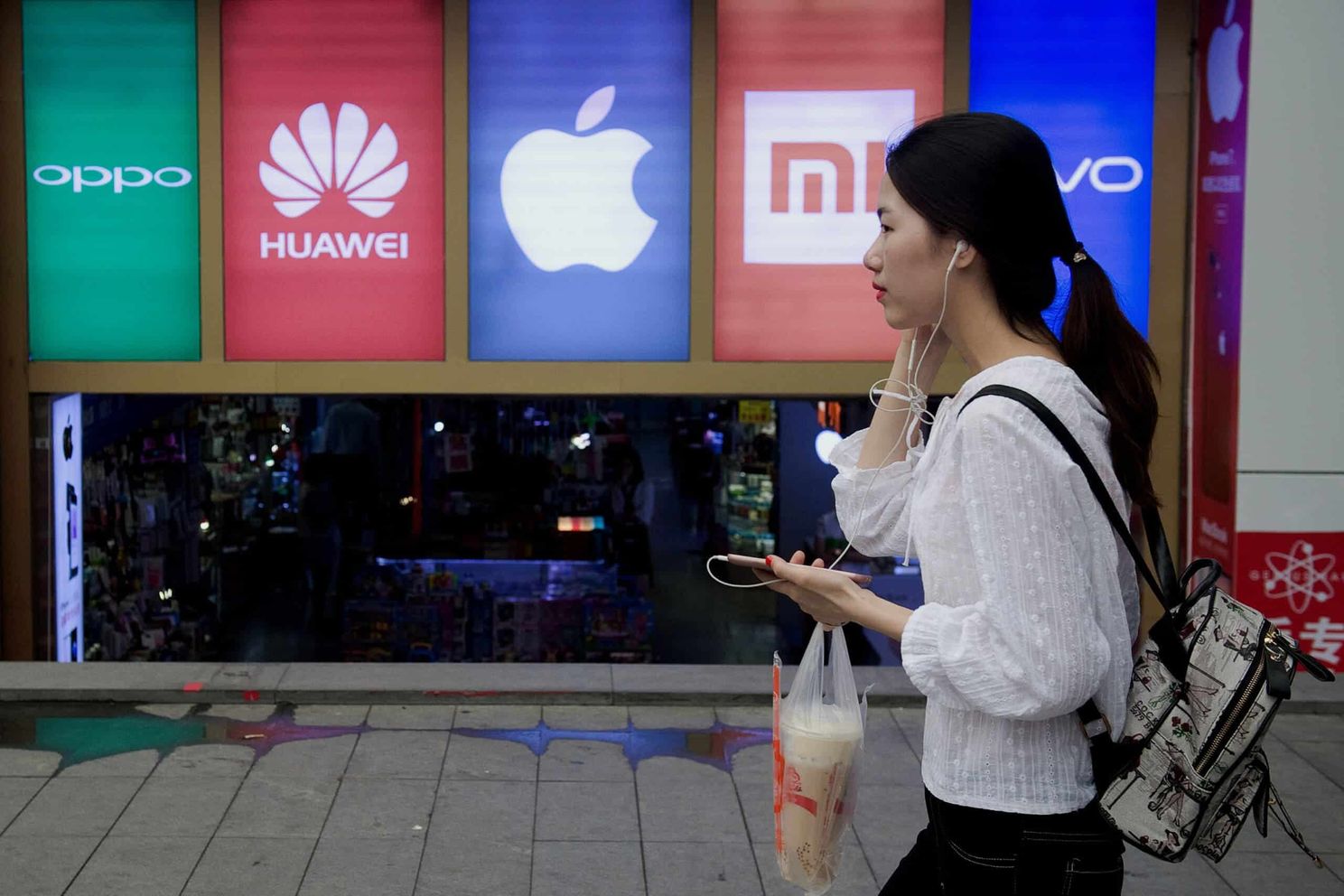The smartphone market is beginning to resemble that of computers. IDC has just published a confirmation. There have been five years in a row where smartphone sales have decreased from one year to the next, according to data released by a consulting firm that specializes in market intelligence.
However, there was an abnormal collapse, and now that COVID is largely a bad memory, the numbers do not lie. We had sales declines for more than a year that are getting worse and are already close to 10%. The beginning of the pandemic was a weird moment in which there was a momentary collapse whose subsequent recovery meant year over year increases of up to 25%.
The smartphone market is repeatedly falling

According to data for the third quarter, which covers the months of July to September, 301.9 million smartphones were distributed. In the previous nine years, this is the worst figure for this quarter. We have not observed a lower figure since 2013.
In addition to the units sold each quarter, the year-over-year variation that they represent has a pronounced downward trend (it's crucial to compare the same quarters of each year to normalize the seasonality of sales, where the Christmas campaign typically stands out).
According to units sold, sales are split among the five major manufacturers, who together account for nearly 70% of sales. The remaining 30% includes everyone else.
The stunning fact is that, in this most recent quarter, only Apple's sales increased year over year. The same story was on the computer market at the beginning of October. In a Windows environment that was declining, only Macs grew.
The other smartphone manufacturers have decreased. They did so in the previous quarter and are currently doing it again. Yes, Samsung cushions its fall and keeps a comfortable lead. With a market share that is still four points higher than Apple's.
The majority of this decline, IDC noted in its report, originated in emerging markets, where "consumers with lower income were affected by the lack of demand, the increase in costs, and inflation," according to Nabila Popal, director of IDC Tracker research.
They also predict a difficult end to the remainder of 2022, with a more pronounced decline, and a smooth recovery ahead of 2023. Nabila herself has commented on Apple's growth: "It still faces some challenges, as its growth was stunted in several markets, including China, due to the poor macroeconomic situation."
Demand for smartphone chips

For smart phone makers who are going through a serious crisis in 2022. The situation is going to get a lot more difficult, according to Qualcomm. The American business is merely projecting a terrible year for the industry.
The fourth quarter of Qualcomm's fiscal year 2022, which runs from July to September, was presented. The chance for one of the most significant chip manufacturers for smartphones to assess the situation.
The company had anticipated a decline in phone sales in the single digits. But it is now forecasting a decline in the double digits. "We are changing our forecast for 3G/4G/5G mobile volumes for the calendar year 2022 from a percentage decline to single digits year-on-year to a double-digit percentage", according to Qualcomm. Because of the uncertainty caused by the macroeconomic environment.
While demand is much lower and supply constraints have loosened, the amount is far too large. Therefore, Qualcomm's largest clients, purportedly Apple and Samsung, are under pressure to reduce inventory. This is consistent with a September decision made by the Apple brand to not increase production of its new iPhone 14 range.
For several quarters, nothing should change for the better

Apple's quarterly results, which were available last week, support Qualcomm's assertions. Sales of the iPhone did not meet analysts' expectations, but Tim Cook praised his business nonetheless, claiming that it had "clearly defied industry trends if you look at third party estimates on the current smartphone industry".
Even during the holiday season, when sales of smartphones typically increase, according to Qualcomm, they will remain weak. The company explains that the issue might get better on its own after a few quarters. Despite these challenges, Qualcomm saw a 22% increase in turnover from the previous year to $11.4 billion. But this did not stop its stock from falling by 6%.






Place comments
0 Comments
You are currently seeing only the comments you are notified about, if you want to see all comments from this post, click the button below.
Show all comments